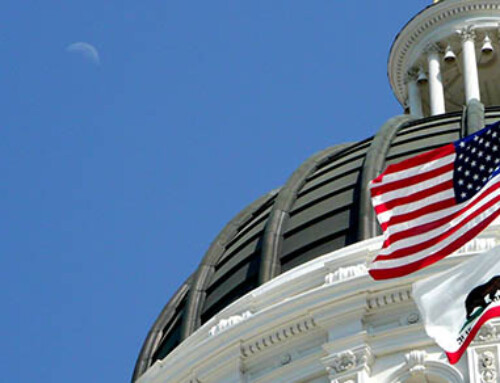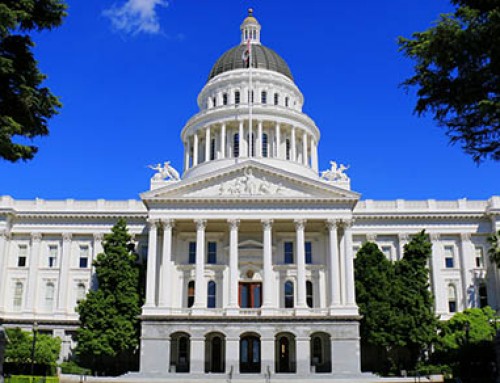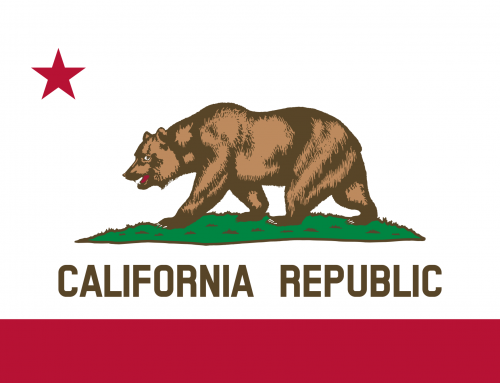What is Use Tax?
California’s sales tax generally applies to the sale of merchandise, including vehicles, in the state. California’s use tax on the other hand applies to the use, storage, or other consumption of those same kinds of items in the state. Generally, if sales tax would apply when you buy physical merchandise in California, use tax applies when you make a similar purchase without tax from a business located outside the state. For these purchases, the buyer is required to pay use tax separately. The sales and use tax rate in a specific California location has three parts: the state tax rate, the local tax rate, and any district tax rate that may be in effect.
What’s the Difference Between Sales Tax vs Use Tax?
Tax collected by the retailer here in California is called sales tax, and the retailer is responsible for reporting and paying the tax to the state. When an out-of-state or online retailer doesn’t collect the tax for an item delivered to California, the purchaser may owe “use tax,” which is simply a tax on the use, storage, or consumption of personal property in California.
Items to Report Directly to CDTFA
Report use tax due on the following items directly to the California Department of Tax and Fee Administration. Do not report it on your income tax return.
- Vehicles, vessels, and trailers that must be registered with the Department of Motor Vehicles.
- Mobile homes or commercial coaches that must be registered annually as required by the Health and Safety Code.
- Vessels documented with the U.S. Coast Guard.
- Aircraft.
- Leases of machinery, equipment, vehicles, and other tangible personal property.
How to Pay Use Tax
If you have a California seller’s permit, you must pay the use tax due on business related purchases with your sales and use tax return in the period when you first used, stored, or consumed the item in California. Report the amount of your purchase under “Purchases subject to use tax,” (line 2) on the return.
If you are a “qualified purchaser,” you must pay your use tax due by filing your return for the previous calendar year by April 15.
If you are not required to have a seller’s permit or a use tax account you must pay use tax in one of the following ways.
- The easiest way to report and pay the use tax is on your California state income tax return. Follow the instructions included with your income tax return. Complete the worksheet included in those instructions to determine the amount of your use tax liability. As part of reporting use tax on the State Income Tax Return, you may also choose to use a Use Tax Lookup Table.
OR - Pay Use Tax directly to the California Department of Tax and Fee Administration by using the CDTFA’s electronic registration system;
“Qualified purchasers” under Revenue and Taxation Code section 6225 are business operations that must register with CDTFA to report and pay use tax owed. A “qualified purchaser” means a person that meets all of the following conditions:
- The person receives at least $100,000 in gross receipts from business operations per calendar year. Note: Gross receipts are the total of all receipts from both in-state and out-of-state business operations
- The person is not required to hold a seller’s permit or certificate of registration for use tax (under section 6226 of the Revenue and Taxation Code)
- The person is not a holder of a use tax direct payment permit as described in section 7051.3 of the Revenue and Taxation Code
- The person is not otherwise registered with the CDTFA to report use tax
In an effort to “help” businesses comply, the California Department of Tax and Fee Administration (CDTFA) may request to review your records to make sure your business has paid the appropriate amount of use tax. If you have questions about use tax and filing, please contact your Linkenheimer CPA.







Leave A Comment